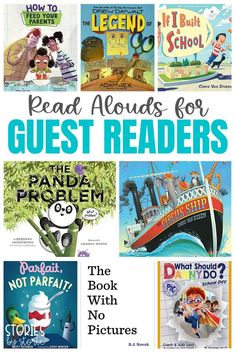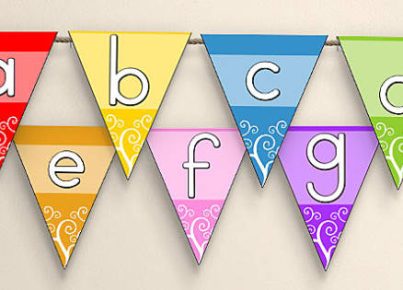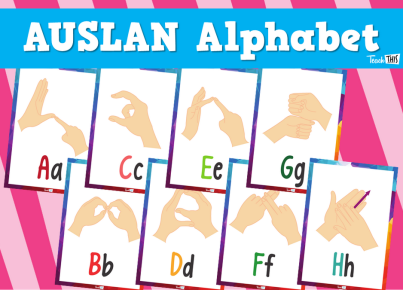Diving into the depths of storytelling and understanding book characters can be an enriching experience for students of all ages. In the classroom, exploring book characters is not just about analyzing texts but about fostering empathy, encouraging critical thinking, and developing a love for reading that can last a lifetime.
Characters are the heart and soul of any story. They are the vessels through which readers explore different perspectives, cultures, and challenges. When students learn to analyze characters, they’re not just taking apart a piece of fiction; they’re learning valuable skills that aid their cognitive and emotional development.
One of the first steps in exploring characters is to understand their role within the narrative. Protagonists, antagonists, and supporting characters each serve specific functions that propel the story forward. Teachers can ask students to create character maps displaying these roles and relationships. This exercise not only aids comprehension but also allows for artistic expression as students visualize their interpretations.
Another critical aspect is examining characters’ motivations and conflicts. Discussion prompts such as “Why does this character act in this way?” or “What internal or external conflicts do they face?” allow students to dig deeper into understanding human behaviour and ethical dilemmas. Such discussions can lead to real world connections where students reflect on how they might react in similar situations.
Character development over time is another area ripe for exploration. Students can chart a character’s growth from the beginning to the end of a book, examining how events change them and the lessons they learn. This encourages students to think about their own personal growth in response to events in their lives.
Teachers can also use role-play or drama exercises to help students embody characters and explore their personalities more deeply. This method works especially well with younger students who might enjoy dressing up as characters and enacting scenes from the book.
In examining dialogue and language, students gain insight into a character’s social context, education level, and personality traits. Figurative language such as metaphors or similes used in descriptions offers a broader canvas on which to paint their understanding of character traits.
Critical thinking about characters’ actions versus what they say can lead to discussions about reliability and trustworthiness—important concepts in literature and life. By exploring unreliable narrators or contradictory actions by characters, teachers help students understand complexity in human nature.
Additionally, connecting literature circles or book clubs focused on character analysis encourages collaborative learning. Students benefit from hearing diverse perspectives on characters’ decisions and relationships.
Ultimately, delving into book characters enriches students’ reading experiences by making stories more relatable and engaging. It equips them with tools to navigate not just literature but also life’s complex social landscape with empathy and intellect.
Exploration serves as a bridge that connects students with literature’s timeless themes and multicultural voices—voices that teach them more about others as well as themselves. Therefore, when teachers integrate character exploration into their curriculum, they’re truly shaping holistic learners prepared for the diverse narratives of our world.




